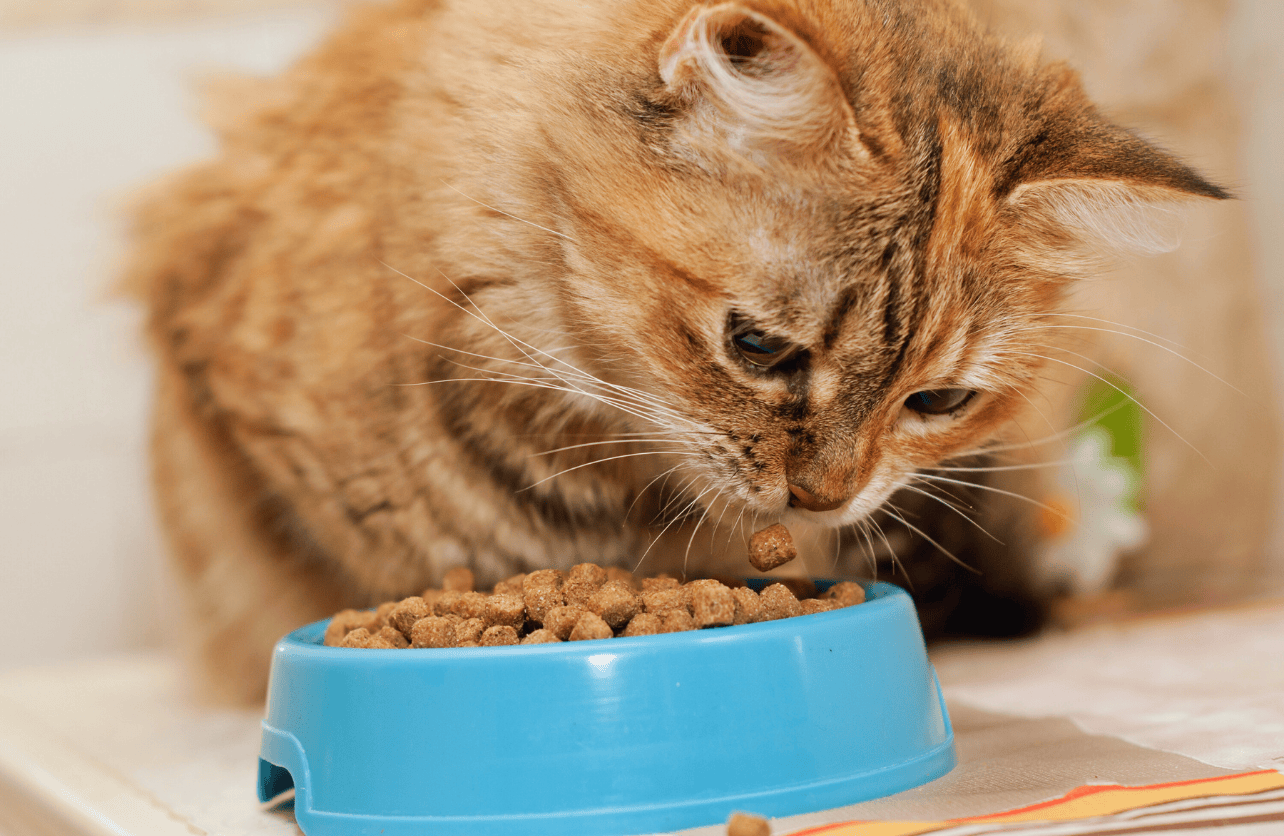Understanding Appetite Loss in Cats

Cats are known for their discerning palates, often turning up their noses at foods they find subpar. However, temporary pickiness and a genuine loss of appetite (anorexia) are not the same. When a cat suddenly refuses food or only eats minimal amounts, it can be concerning for any cat parent. Appetite loss can stem from a variety of causes, ranging from environmental stress to underlying medical conditions, and it’s important to identify and address these issues early. Below, we’ll explore common reasons behind appetite loss in cats and discuss practical strategies to help them regain a healthy eating pattern.
Potential Causes of Decreased Appetite
1. Medical Issues: A sudden drop in appetite often points to an underlying health problem. Gastrointestinal disorders such as inflammatory bowel disease can cause discomfort after eating, leading to food aversion. Dental problems like gingivitis, abscesses, or fractured teeth can make chewing painful, prompting a cat to avoid meals. Chronic illnesses, including kidney disease, liver disease, and hyperthyroidism, can also impact a cat’s desire to eat. If your cat’s appetite has decreased for more than a day or two, and there are additional symptoms like lethargy, weight loss, vomiting, or diarrhea, a veterinary examination is essential.
2. Stress or Anxiety: Cats are creatures of habit and thrive on routine. Significant changes in their environment—like moving to a new home, introducing a new pet, or altering their feeding schedule—can lead to stress. Even less obvious shifts, such as rearranging furniture or changes in the household’s daily routine, may trigger anxiety in particularly sensitive cats. Stress often manifests through behavior changes, including eating less or refusing food altogether. Pay attention to any recent changes or triggers in your cat’s environment to determine whether stress could be at the root of appetite loss.
3. Food Preferences and Palatability: Occasionally, a cat might shun its food simply because it doesn’t like the taste, texture, or smell. Cats can become attached to certain flavors or textures and may react negatively if you switch brands or types of food abruptly. Likewise, spoiled or stale kibble may deter them. If your cat has been eating the same food for years without issue and suddenly stops, check for expiration dates and storage problems before considering other causes. Sometimes, a small change in how the food is presented—such as gently warming up wet food—can make it more appealing and encourage a cat to eat.
4. Behavioral and Age-Related Factors: Aging can cause shifts in metabolic needs and sensitivity to the textures or temperatures of food. Senior cats may develop conditions like arthritis, making it painful to reach the food bowl if it’s placed too high or low. Sometimes, the cat’s behavior itself may contribute to a reluctance to eat. Cats with a history of resource guarding or negative feeding experiences could develop patterns of avoidance. Observing your cat’s mealtime habits and physical comfort levels can reveal behavioral or age-related factors behind diminished appetite.
Strategies to Address Appetite Loss
One of the most effective first steps is scheduling a veterinary check-up to rule out or diagnose any medical conditions. Once you have the assurance that there is no immediate underlying health crisis, you can focus on environmental, dietary, and behavioral strategies:
- Adjust the Feeding Environment: Place the food bowl in a quiet, low-traffic area where your cat can eat without disruption. Ensure that the bowl is at a comfortable height, especially for older cats who may struggle with mobility.
- Offer High-Quality, Palatable Foods: Experiment with different textures—pâté-style wet food, shredded meats, or even a bit of low-sodium chicken broth—to discover what your cat prefers. You can also try warming wet food slightly to amplify its aroma.
Providing a calm, stress-free environment is key. Set a consistent feeding schedule so that your cat learns to anticipate meal times. If your household experiences frequent changes, consider creating a dedicated space for your cat to retreat to, furnished with a cozy bed, toys, and familiar scents. Reducing environmental stress can go a long way in restoring a cat’s interest in meals.
Sometimes, offering small, frequent meals instead of one or two large servings helps cats dealing with stress or medical conditions. Mini-meals can be less intimidating or easier to digest, and this strategy can help cats feel more at ease when approaching the bowl. If your cat refuses to eat entirely, do not wait too long before consulting a veterinarian; prolonged fasting in cats can lead to serious conditions like hepatic lipidosis (fatty liver disease).
Summing Up
Appetite loss in cats should never be ignored, as it can be an early warning sign of medical issues or an indicator of stress and anxiety. By closely observing your cat’s behaviors, consulting with a veterinarian, and implementing changes to feeding routines and environmental factors, you can help your feline companion feel comfortable and eager to eat again. Whether the root cause is a health condition, stress, or a simple dislike of certain foods, addressing the issue promptly is essential for maintaining your cat’s overall well-being. With a bit of patience and care, most cats will return to a healthy eating pattern and continue thriving as beloved members of the family.
Your Pet’s Best Interest, Always
At Pet Institute, we take pet care seriously. We're dedicated to transparency, impartiality, and the well-being of your pets in every article, review, and recommendation we provide. Our unwavering commitment to these principles ensures that you, our valued reader, always receive reliable and unbiased information. Let us be your trusted guide in the world of pet care and companionship.